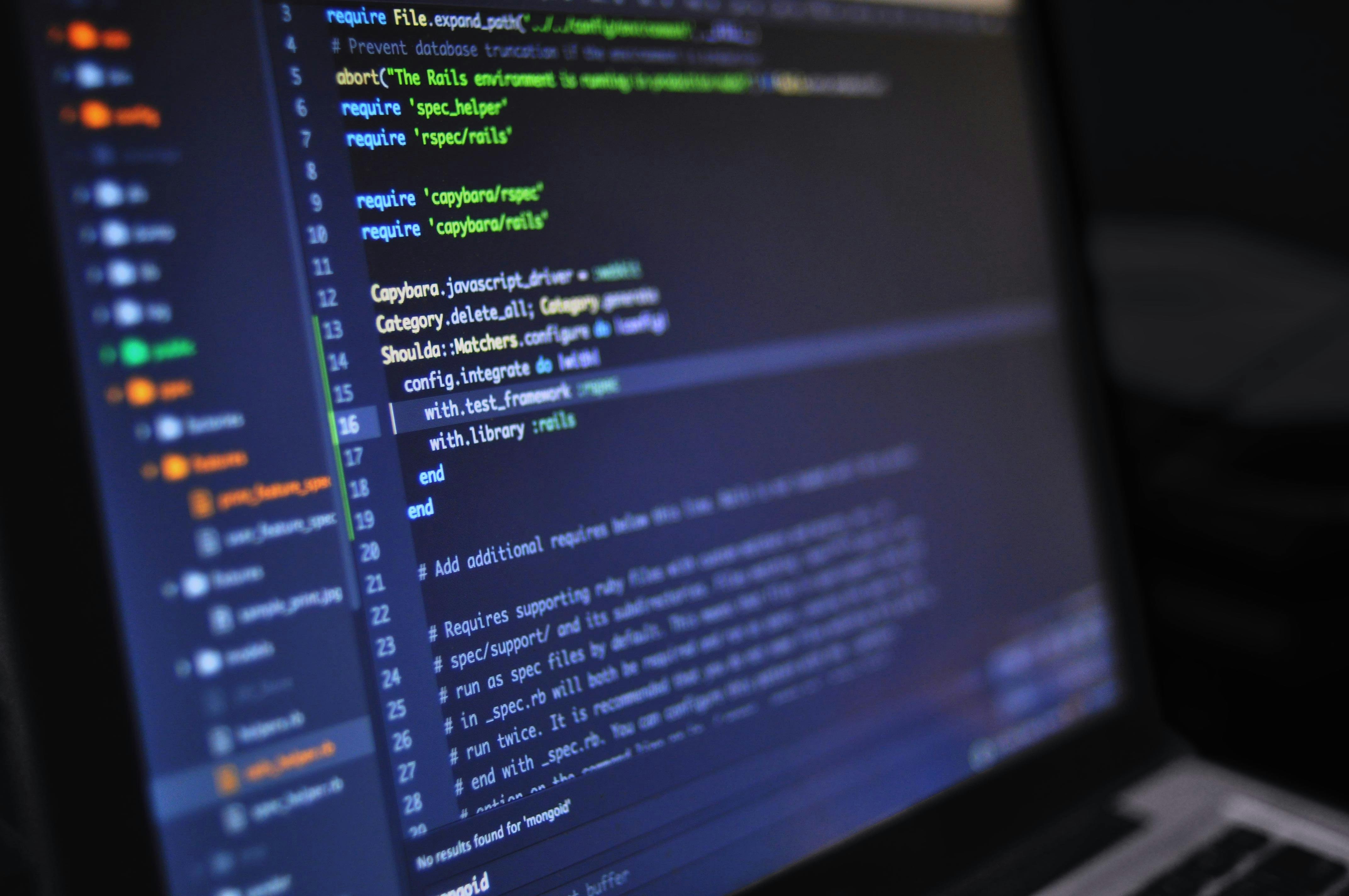Understanding Deadlocks in Go
Deadlocks in Go occur when goroutines wait indefinitely for resources, such as channels or mutexes, that are blocked by other goroutines. This typically happens due to improper channel usage or missing synchronization mechanisms.
Key Causes
1. Unbuffered Channels with No Receivers
Writing to an unbuffered channel without an active receiver causes the goroutine to block indefinitely:
ch := make(chan int) ch <- 42 // Deadlock: No receiver
2. Goroutine Leaks
Spawning goroutines that do not terminate or are blocked can lead to resource exhaustion and performance issues.
3. Circular Waits
Two or more goroutines waiting on each other's channels can result in a deadlock:
ch1 := make(chan int)
ch2 := make(chan int)
go func() {
ch1 <- <-ch2 // Goroutine 1 waiting on ch2
}()
go func() {
ch2 <- <-ch1 // Goroutine 2 waiting on ch1
}()4. Improper Use of Mutexes
Failing to unlock a mutex or locking in the wrong order can create deadlocks:
var mu sync.Mutex mu.Lock() // Missing mu.Unlock()
5. Excessive Buffering
Over-buffered channels can lead to memory overhead and unexpected delays in processing.
Diagnosing the Issue
1. Using Go's Deadlock Detector
Run the application with go run. Deadlocks are often identified with runtime errors:
fatal error: all goroutines are asleep - deadlock!
2. Inspecting Goroutine States
Use the Go debugger or pprof to analyze goroutine states:
import _ "net/http/pprof" // Access http://localhost:6060/debug/pprof/goroutine
3. Adding Logging
Log channel operations and mutex locks to trace execution flow:
fmt.Println("Writing to channel")
ch <- 424. Using Static Analysis Tools
Use tools like golangci-lint to identify potential concurrency issues in code:
golangci-lint run
Solutions
1. Avoid Blocking on Unbuffered Channels
Always ensure a receiver is ready when writing to an unbuffered channel:
ch := make(chan int)
go func() {
fmt.Println(<-ch)
}()
ch <- 422. Use Buffered Channels When Appropriate
Buffered channels prevent blocking but require careful sizing to avoid over-buffering:
ch := make(chan int, 10) ch <- 42 fmt.Println(<-ch)
3. Implement Goroutine Cleanup
Ensure all goroutines terminate by using context for cancellation:
ctx, cancel := context.WithCancel(context.Background())
go func(ctx context.Context) {
for {
select {
case <-ctx.Done():
fmt.Println("Goroutine terminated")
return
}
}
}(ctx)
// Cancel the context
cancel()4. Prevent Circular Waits
Refactor code to avoid cyclic dependencies:
ch := make(chan int)
go func() {
ch <- 42
}()
fmt.Println(<-ch)5. Properly Handle Mutexes
Ensure mutexes are unlocked in a defer statement:
var mu sync.Mutex mu.Lock() defer mu.Unlock() // Critical section
Best Practices
- Always use
contextfor goroutine lifecycle management. - Log channel operations and mutex locks to trace concurrency issues.
- Test concurrent code with tools like
race detector(go run -race). - Minimize the use of shared state and prefer message passing through channels.
- Perform regular code reviews to identify potential deadlocks or race conditions.
Conclusion
Deadlocks and concurrency issues in Go can lead to performance bottlenecks and application crashes. By understanding the causes, using context for goroutine management, and following best practices, developers can write efficient and reliable concurrent code.
FAQs
- What causes a deadlock in Go? Deadlocks occur when goroutines block indefinitely, often due to unreceived channel writes or improperly managed locks.
- How can I debug goroutines? Use
pprofto inspect goroutine states and identify blocked operations. - When should I use buffered channels? Buffered channels are useful for managing bursts of data, but their size should match application requirements to avoid memory overhead.
- How does the race detector help? The race detector identifies race conditions where multiple goroutines access shared memory unsafely.
- What is the role of context in goroutine management? Context allows for controlled cancellation of goroutines, preventing resource leaks and unbounded execution.



